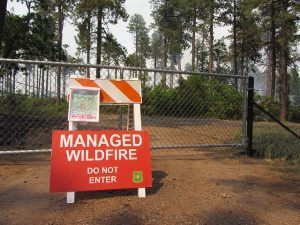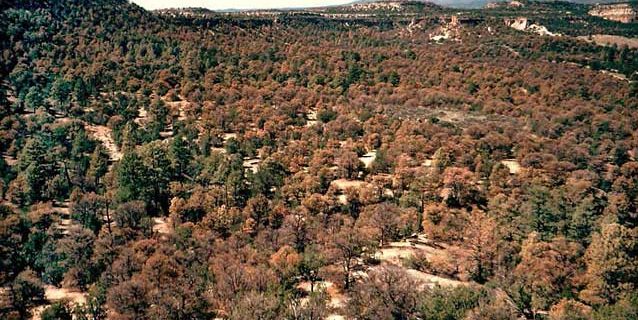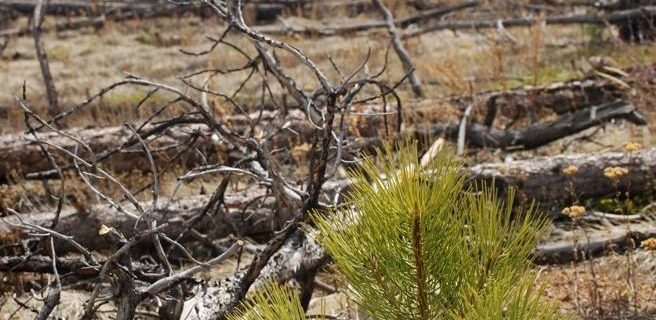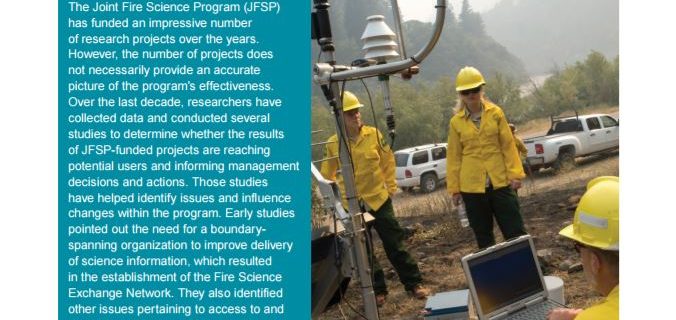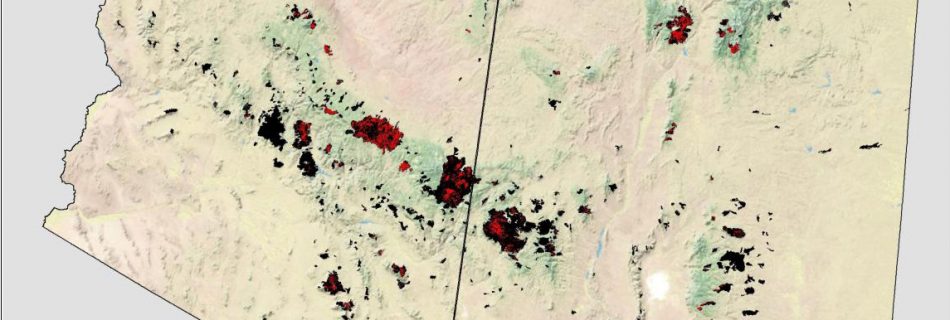April 26, 2017: Southwest Fire Season 2016 Overview and 2017 Outlook
Date: Wednesday April 26, 2017 12pm MDT (11am AZ) Presenter: Zander Evans, Forest Stewards Guild and Chuck Maxwell, Predictive Services Meteorologist, Southwest Coordination Center Please join us for a webinar to review last year’s fires and look ahead toward conditions for this year. Dr. Zander Evans will present an overview of the 12 largest fires in the …
Read more “April 26, 2017: Southwest Fire Season 2016 Overview and 2017 Outlook”


